A post by
Horst Dornbusch
Founder
Cerevisia Communications
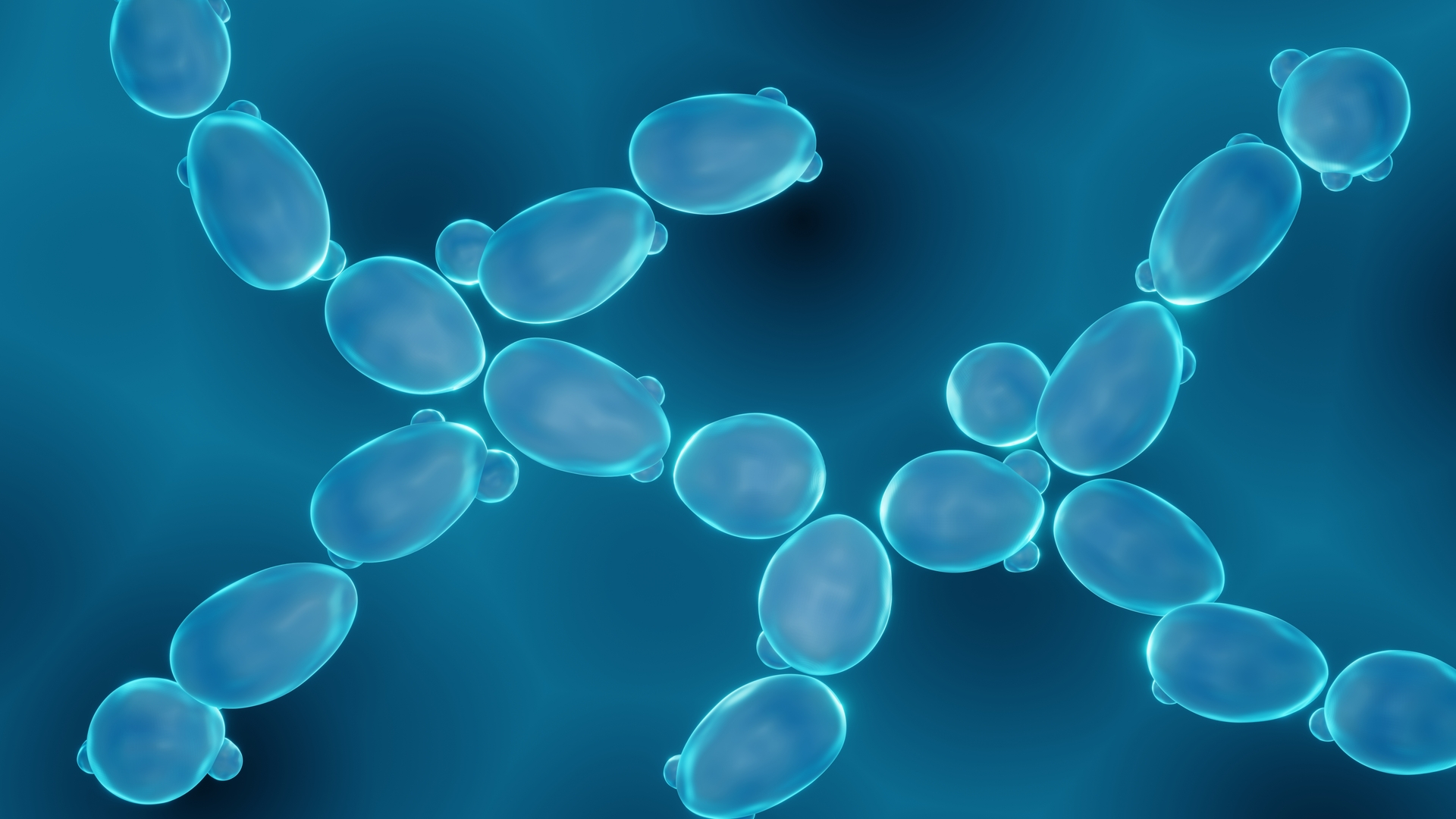
Yeast genetics has taken giant leaps forward since the first genome sequencing of S. cerevisiae in 1996 and of S. pastorianus in 2009, as well as the discovery in 2011 of the wild yeast S. eubayanus as one of the two progenitors of S. pastorianus (the other being S. cerevisiae). This has opened the door to endless new opportunities for modern yeast breeding.
Released on 22/10/2024

A post by
Horst Dornbusch
Founder
Cerevisia Communications
Humans have been fermenting liquids into alcoholic beverages probably since the end of the last Ice Age, when civilization as we know it today began. We know so because the world’s oldest known brewing site dates from roughly 11,000 BCE. The site belonged to the Natufians, a semi-nomadic people who lived then in what is now northern Israel. Likewise, the oldest evidence of wine-making has been found in the Caucasus region, in what is now the country of Georgia. It dates to about 6,000 BCE.
Unbeknownst to these early beverage makers, a tiny microbe – almost certainly the top-fermenting Saccharomyces cerevisiae – stealthily converted sugars into alcohol. It is still in the employ of humans today.
At that time, however, today’s common bottom-fermenting beer maker, Saccharomyces pastorianus, did not even exist. There is evidence that this eukaryote evolved under mysterious conditions only in the late Renaissance, in Bavaria. It is a hybridized microbe that resulted from the mating of S. cerevisiae and a wild yeast native to the high Andes of South America, which we now call Saccharomyces eubayanus.
Although fermentations have been managed purposefully by humans at least since antiquity, it is astonishing that during such a long “Age of Innocence,” quoting the title of a 1920 novel by American author Edith Wharton, our ancestors failed to notice the role of yeast in the production of their delightfully intoxicating beverages.
Though we cannot pinpoint a precise date, yeast’s very existence was recognized only sometime in the early Renaissance, when the residue left behind at the bottom of all fermentation vats in Central Europe began to be called “stuff” (Zeug in German). In other words, it was classified as dead matter to be studied by chemists rather than as a live organism to be studied by biologists. This stuff was regarded as the product rather than the agent of fermentation. This misconception continued to be the prevailing paradigm until the revolution in all sciences in the 19th century, with its path-breaking discoveries in microbiology by such luminaries as Theodor Schwann, Louis Pasteur, and Emil Christian Hansen. It was also around that time that the distinction between top- and bottom-fermenting yeasts became firmly established.
No wonder that the pioneers in microbiology started to wrestle with the taxonomy of the different strains of yeast they were discovering!
Initially, there was a great deal of confusion about the interrelationships (if any) among the different yeast species. This led to a great deal of terminological non-sequiturs that continued well past the turn of the current millennium.
For instance, even as late as 2010, some scientific papers still classified both top- and bottom-fermenting yeasts as members of the S. cerevisiae family, while others regarded the bottom-fermenting S. uvarum as being synonymous with S. carlsbergensis, first isolated by Hansen. Yet others considered S. carlsbergensis and S. pastorianus as two names for the same microbe, whereas we now know that S. carlsbergensis is only one of many strains of S. pastorianus. Finally, some publications erroneously referred to S. bayanus as one of the two parents of the hybrid S. pastorianus. Thanks to recent advances in yeast genetics, however, some of this confusion has fortunately evaporated. We now understand that S. uvarum is a pure wild species that encompasses a homogeneous group of yeast strains found both in nature and cold-fermented beverages. S. bayanus, on the other hand, is a hybrid between S. uvarum and the wild S. eubayanus.
We owe the above clarifications to a relatively new branch of science, which we now call genetics. Identifying the nature and causes of inheritance was one of the initial drivers behind the work of the pioneers in this field. This quest started with some keen observations that sharpened the focus of ever more sophisticated investigations. One of the key kick-off observations was that of Charles Darwin, whose study of isolated species on the Galapagos Islands and elsewhere led to his theories of evolution, which he published in his seminal 1859 book, On the Origin of Species. Darwin postulated that species evolved from their ancestors through natural selection and adaptation.
Simultaneously, Gregor Johann Mendel, a Moravian monk and Darwin’s contemporary, made the stunning discovery that the immediate offspring of peas he cultivated in the monastery gardens often failed to exhibit certain parental traits which, however, reappeared in the generation that followed. He called the traits he observed phenotypes and those that were hidden but subsequently resurfaced, genotypes.
However, neither Darwin nor Mendel had an inkling that the traits they observed (or not) were expressions of dominant and recessive genes. This insight had to wait until the development of genome sequencing techniques, perfected by, among others, the British biochemist Fredrick Sanger, in 1977.
When such sequencing techniques were used for the first time on S. cerevisiae in 1996 and on S. pastorianus in 2009, they revealed that S. pastorianus was a hybrid between S. cerevisiae and a then-unknown microbe, the above-mentioned S. eubayanus, which was subsequently discovered in the wild, in 2011, by an Argentinian microbiologist, Diego Libkind, who also gave it its name.
Since then, microbiologists who focus their work on yeast genetics have made great strides in understanding the family tree of the more than 1,500 currently recognized yeast species; and “yeast hunters”– as these microbiologists call themselves – are currently scouring many locations around the globe in search of as-yet undiscovered yeast varieties or of new isolates of already-known ones. Critically, scientist have been able to identify certain “marker genes” within yeast genomes. These are responsible for specific yeast functions, including encoding, catalyzing, and synthesizing chemicals on a molecular level. Geneticists have given these genes such alphanumeric labels as ADE2, ATF1, ATF2, ATG1, FUS1, GAL4, HIS3, LEU2, MAD2, MAD3, TRP1, or URA3.
We now understand that S. cerevisiae, for instance, has more than 6,000 genes that are organized into 16 chromosomes; but most of these genes have no discernable function. Still, the vast number of remaining and functionally specific genes leaves plenty of opportunities for commercial breeders to manipulate yeast performance and flavors with cutting-edge technologies that are only now being developed. In short, the field of yeast breeding is very much in flux today, and alcoholic beverage producers are likely to encounter many new specialty fermentation microbes in the future.
Visitors to the 2024 BrauBeviale, who are interested in these rapid developments in yeast genetics and yeast breeding, therefore, are encouraged to attend two sessions at the Forum Raw materials in Hall 1, stand 1-150, on Thursday, November 28, between 10 a.m. and noon.
Dr. Mathias Hutzler, a microbiologist at the Yeast Center of the Technical University of Munich, will take the stage and talk about “Current Trends in Yeast Genomics and the Hunt for Wild Yeasts”.
Followed by a moderated roundtable discussion with Dr. Hutzler and Dr. Gabriela Montandon, Sensory Manager at the Fermentis Academy of Fermentis-LeSaffre, entitled “The Future of Commercial Yeast Breeding for the Fermentation Industry.” After each session, the audience will have an opportunity to ask questions.
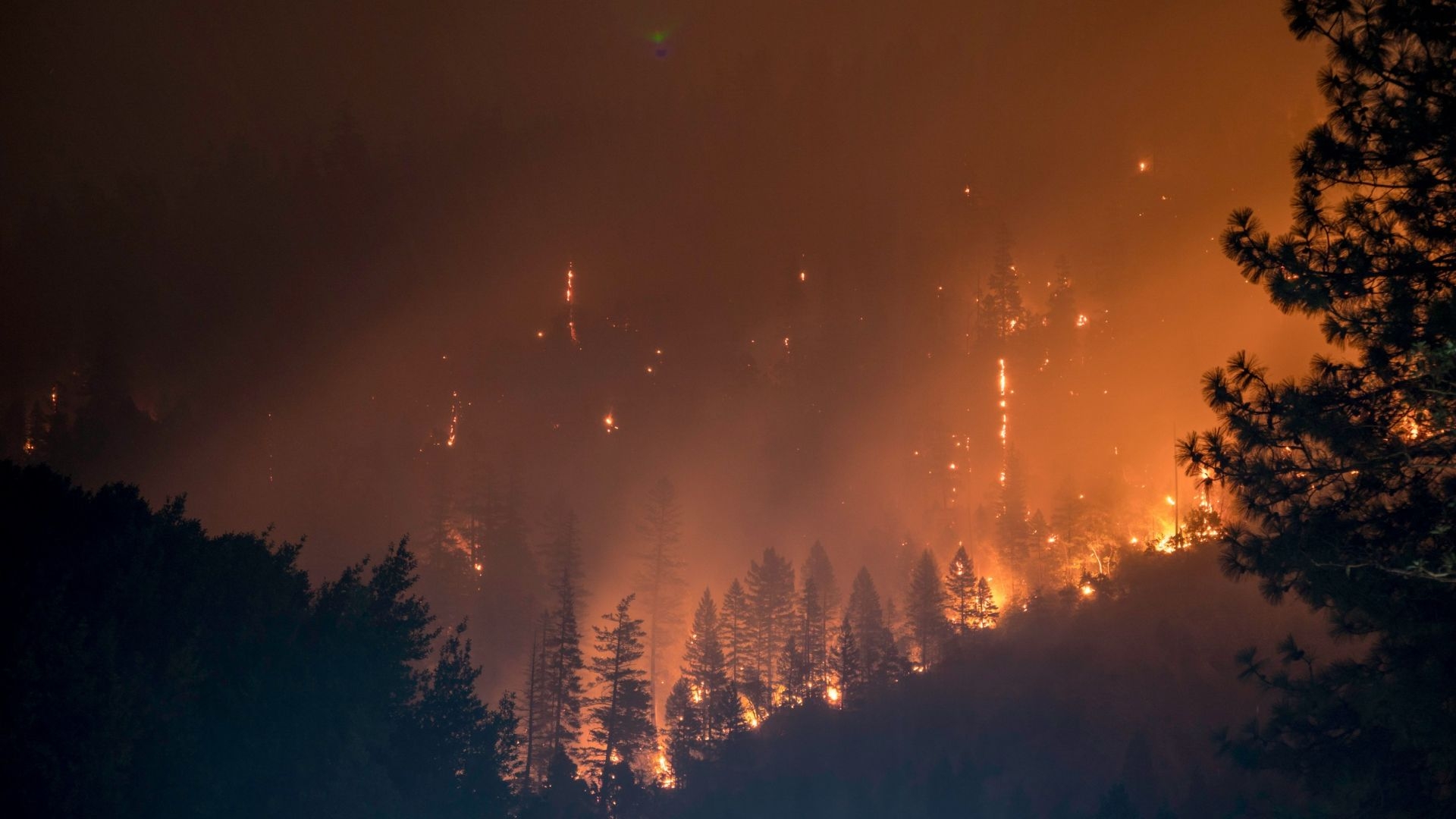
Raw material supply
A post by Horst Dornbusch
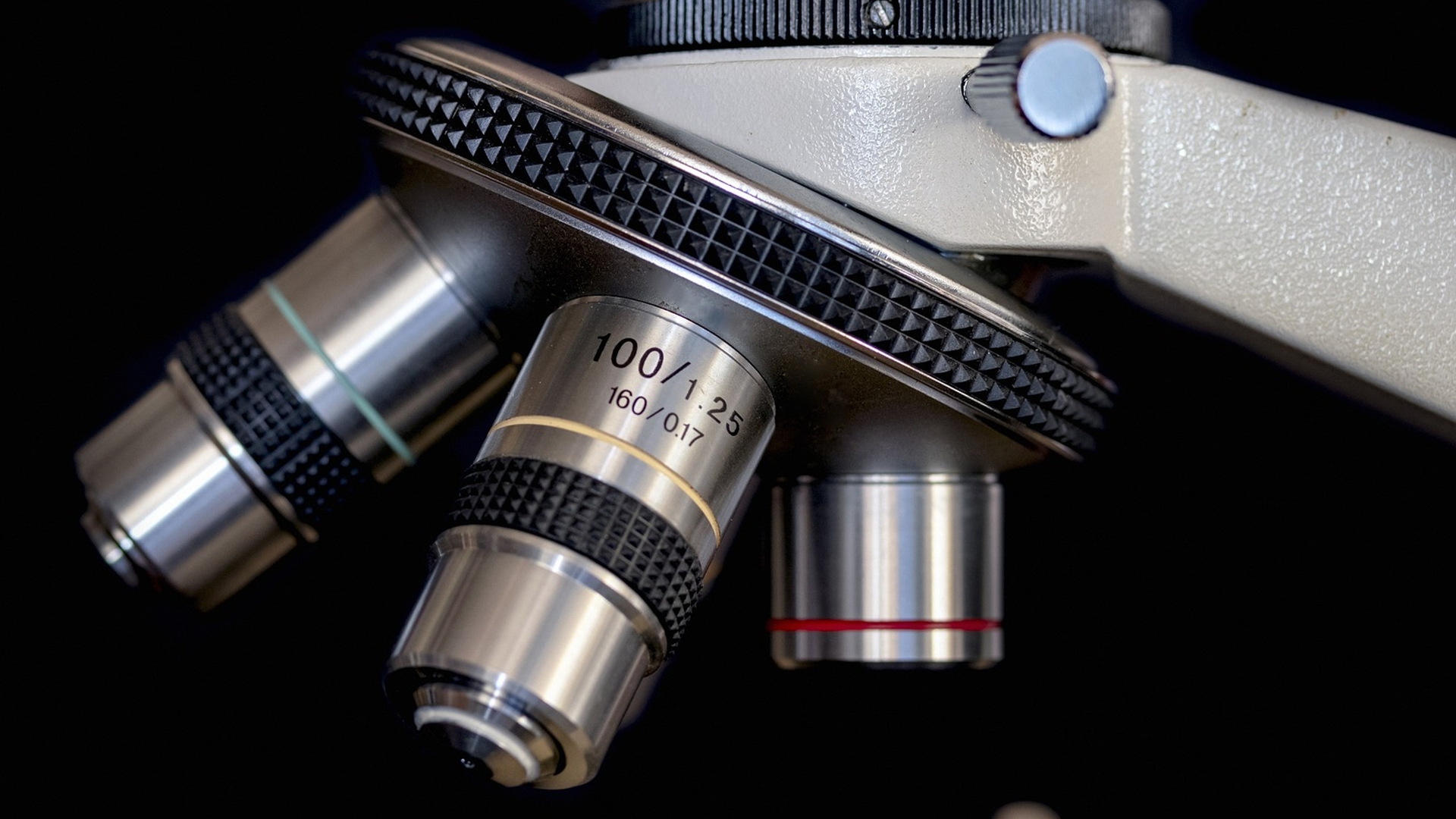
Biological process
A post by Oliver Kunz
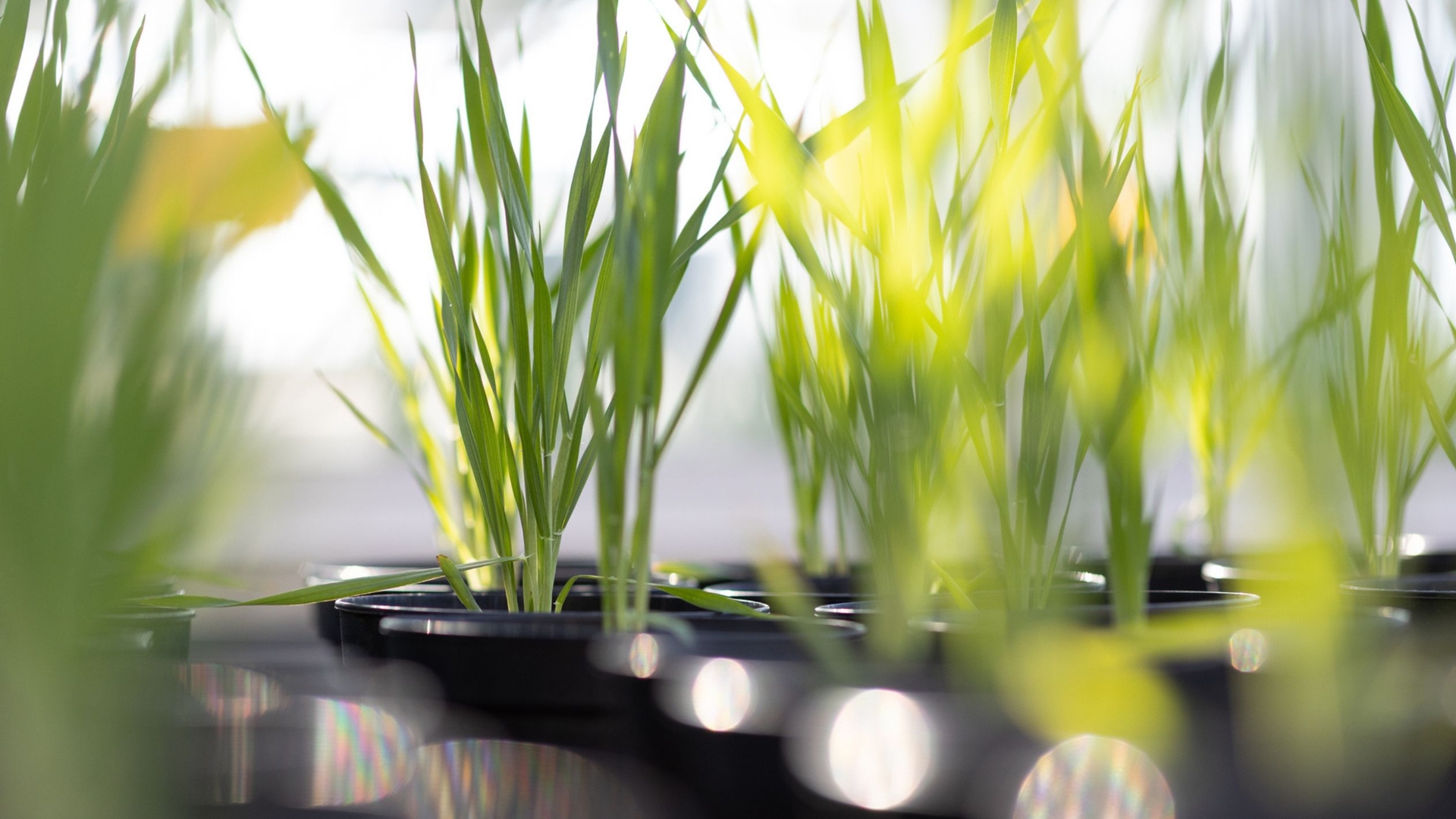
Malting barley
A post by Elva Ellen Kowald
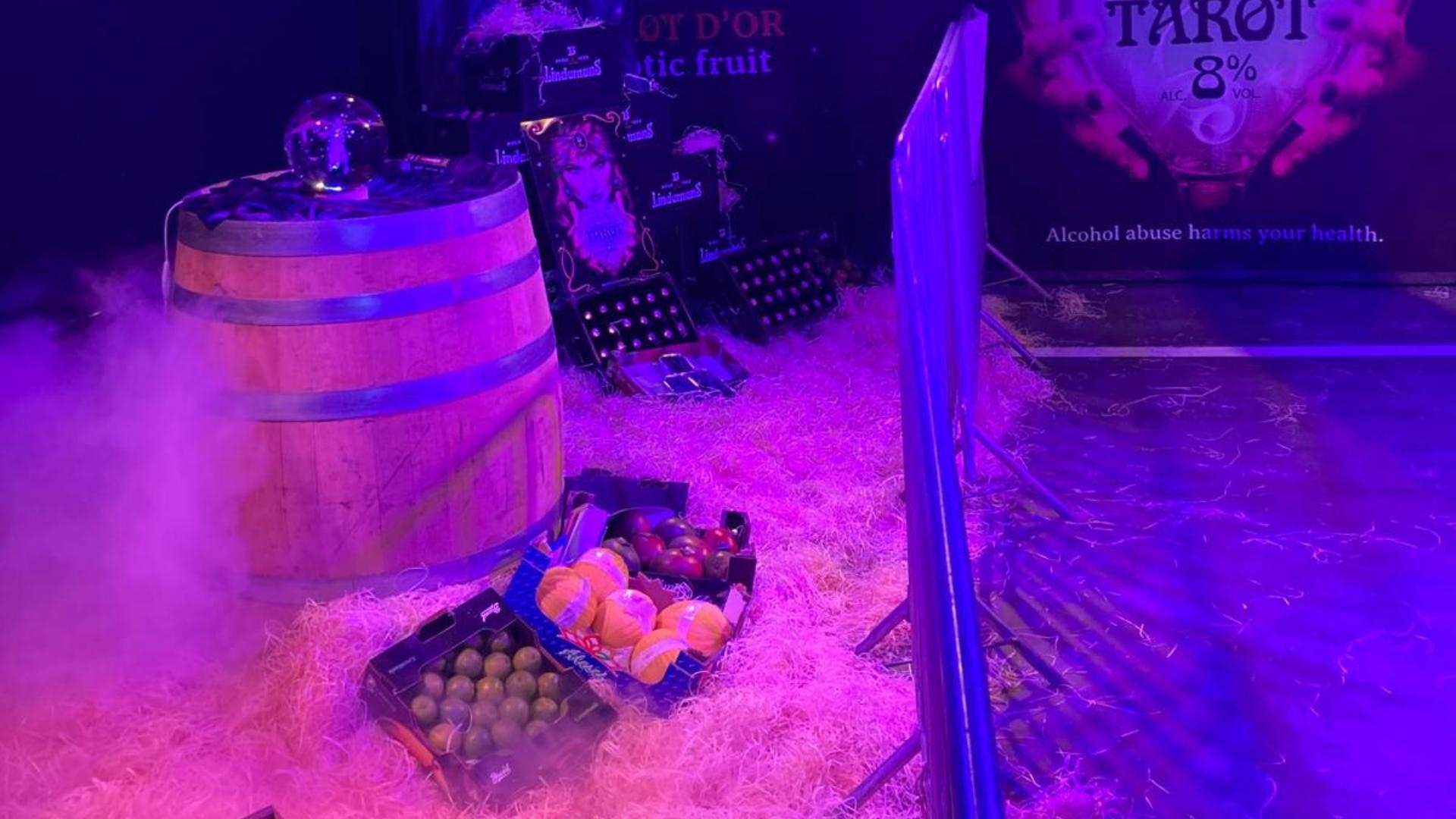
Sour beer
A post by Kilian Kittl